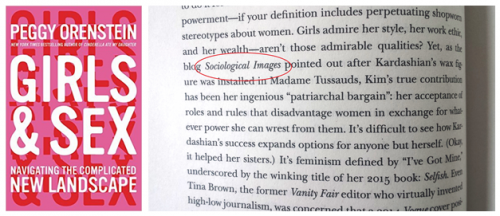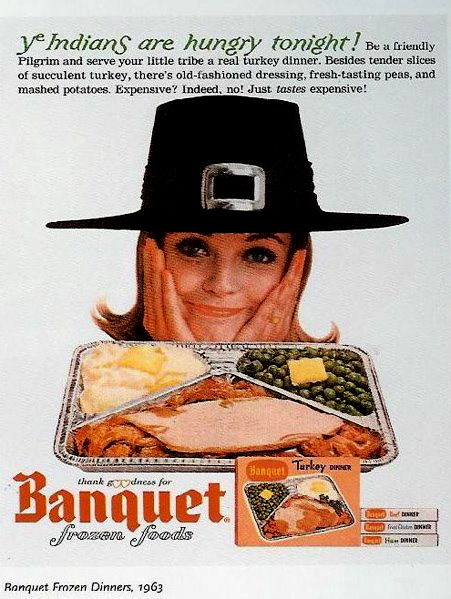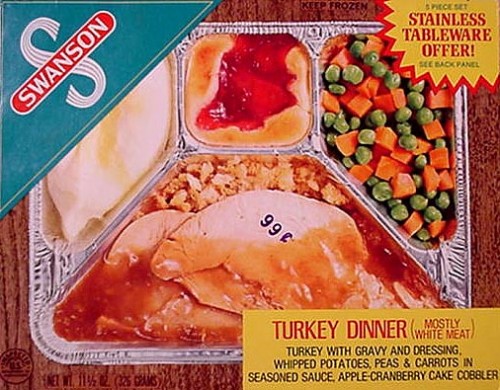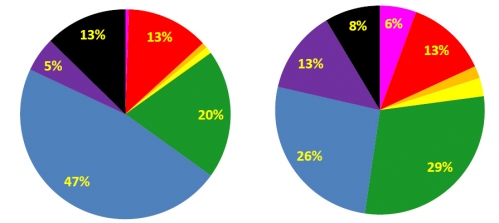SocImages News:
Sociological Images’ post on Kim Kardashian and the patriarchal bargain is mentioned in Peggy Orenstein’s forthcoming book, Girls and Sex: Navigating the Complicated New Landscape. What a wonderful surprise!
Also this month, we featured a guest post by sociology graduate student Nicole Bedera. Her criticism of the latest viral Barbie ad prompted NPR to do a story. Listen to hear Nicole and Barbie-scholar Ann DuCille comment on about how far the doll has, or hasn’t, come.
Finally, I had the opportunity to contribute to a smart analysis of energy drink marketing at the New Yorker and a really nice discussion of “love your body”-type marketing at The Establishment.
You like! Here are our most appreciated posts this month:
- The “man-bun” as cultural appropriation (1,500+ likes)
- On the insidious sexism of the Covergirl Star Wars collection (600+ likes)
- Protecting white women in the bathroom: A history (600+ likes)
- What the 1% wants from our politicians (500+ likes)
Thanks everybody!
Editor’s pick:
Top post on Tumblr this month:
- “Man” vs. “girl”: Halloween edition (1,000+ notes)
Upcoming Lectures and Appearances:
Hey folks, I’m all booked up for February and March, but might be able to squeeze something in later in the semester. Happy to talk about hookup culture (that’s the favorite) or to offer some of the other talks I’ve worked up on American thinking about genital cutting, the science of sex differences, feminism and friendship, public sociology, and more!
Social Media ‘n’ Stuff:
Finally, this is your monthly reminder that SocImages is on Twitter, Facebook, Tumblr, Google+, and Pinterest. I’m on Facebook and Instagram and most of the team is on Twitter: @lisawade, @gwensharpnv, @familyunequal, and @jaylivingston.
Lisa Wade, PhD is an Associate Professor at Tulane University. She is the author of American Hookup, a book about college sexual culture; a textbook about gender; and a forthcoming introductory text: Terrible Magnificent Sociology. You can follow her on Twitter and Instagram.



 Alone with the responsibility of making a holiday for everyone else, the woman manages to mobilize technology and goods from BB&B to make it happen. Ironically, the text reads: “When you need a hand with holiday entertaining,” but actual human help in the form of hands is absent. Apparently it’s easier for women to grow five extra arms than it is to get kids and adult men to pitch in.
Alone with the responsibility of making a holiday for everyone else, the woman manages to mobilize technology and goods from BB&B to make it happen. Ironically, the text reads: “When you need a hand with holiday entertaining,” but actual human help in the form of hands is absent. Apparently it’s easier for women to grow five extra arms than it is to get kids and adult men to pitch in. Pre-prepared frozen meals pre-dated the Swanson “TV dinner,” but it was Swanson who brought the aluminum tray — previously only seen in taverns and airplanes — into the home.
Pre-prepared frozen meals pre-dated the Swanson “TV dinner,” but it was Swanson who brought the aluminum tray — previously only seen in taverns and airplanes — into the home.


